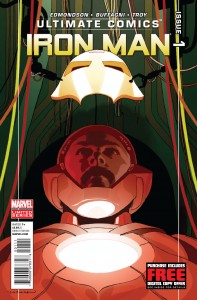 There are a variety of ways to read Ultimate Comics Iron Man #1, some of them cynical, others of them pleasant and forgiving.
There are a variety of ways to read Ultimate Comics Iron Man #1, some of them cynical, others of them pleasant and forgiving.
The cynical side of me says that this comic book, in the most mercenary manner, throws aside a decade of continuity behind the Ultimate Universe Iron Man in favor of mimicking the depiction of Tony Stark by Robert Downey Jr. in the Marvel Studios movies, in effect putting itself aside in favor of a mass marketed version of the character designed to attract the maximum number of mouth-breathing summer entertainment seekers who don’t have air conditioning at home.
However, the hopeful and forgiving side of me says that the Ultimate Universe version of Tony Stark was originally depicted, in his first two miniseries written by Orson Scott Card, as a blue-skinned wuss who was mostly brain (literally; if I remember right, he sat on his cerebellum and pissed out of his medulla oblongata), with stupid organic armor and, if Card wrote what he knows, special magical underpants. In short, while it is weird to have positive feelings toward a comic book that so quickly and willingly throws away its own identity in favor of a popular movie depiction, the fact is that the old Ultimate Iron Man sucked hard, and Robert Downey Jr. as Iron Man was fucking awesome.
So what we got here is one damn strange book. One that feels like a cynical tack toward the widely popular while disgarding its own history… except its own history was mostly the sucky wankings of a controversial writer (not of comics) with some kind of spastic agenda who wrote the character as a snotty naked blue kid who sometimes liked to pretend he was a robot… which is arguably a bad story choice for a character written as having a brain situated in a way where getting a giant-robot-fetish-related atomic wedgie would give him a partial lobotomy.
All of which is a long way to go to describe what’s going on in a comic book stuck between a rock star and a polygamist’s place… but the overriding question is: despite what it is, is it any good?
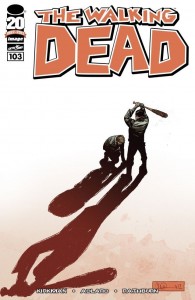
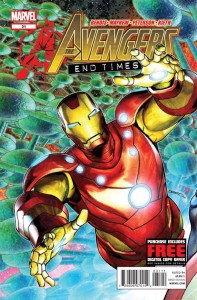
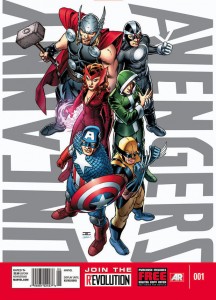
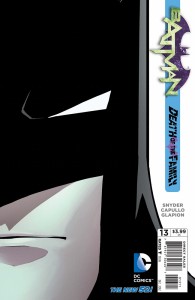
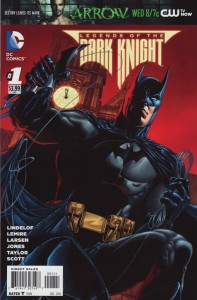
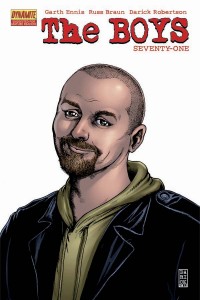
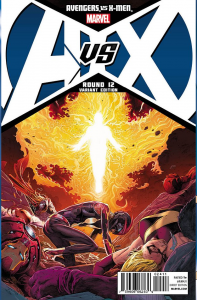
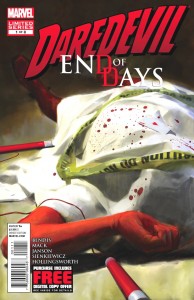
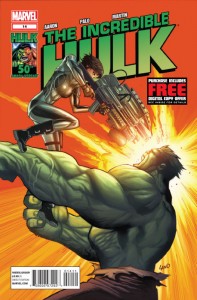
 Podcast RSS Feed
Podcast RSS Feed iTunes
iTunes Google Play
Google Play Stitcher
Stitcher TuneIn Radio
TuneIn Radio Android
Android Miro Media Player
Miro Media Player Comics Podcast Network
Comics Podcast Network